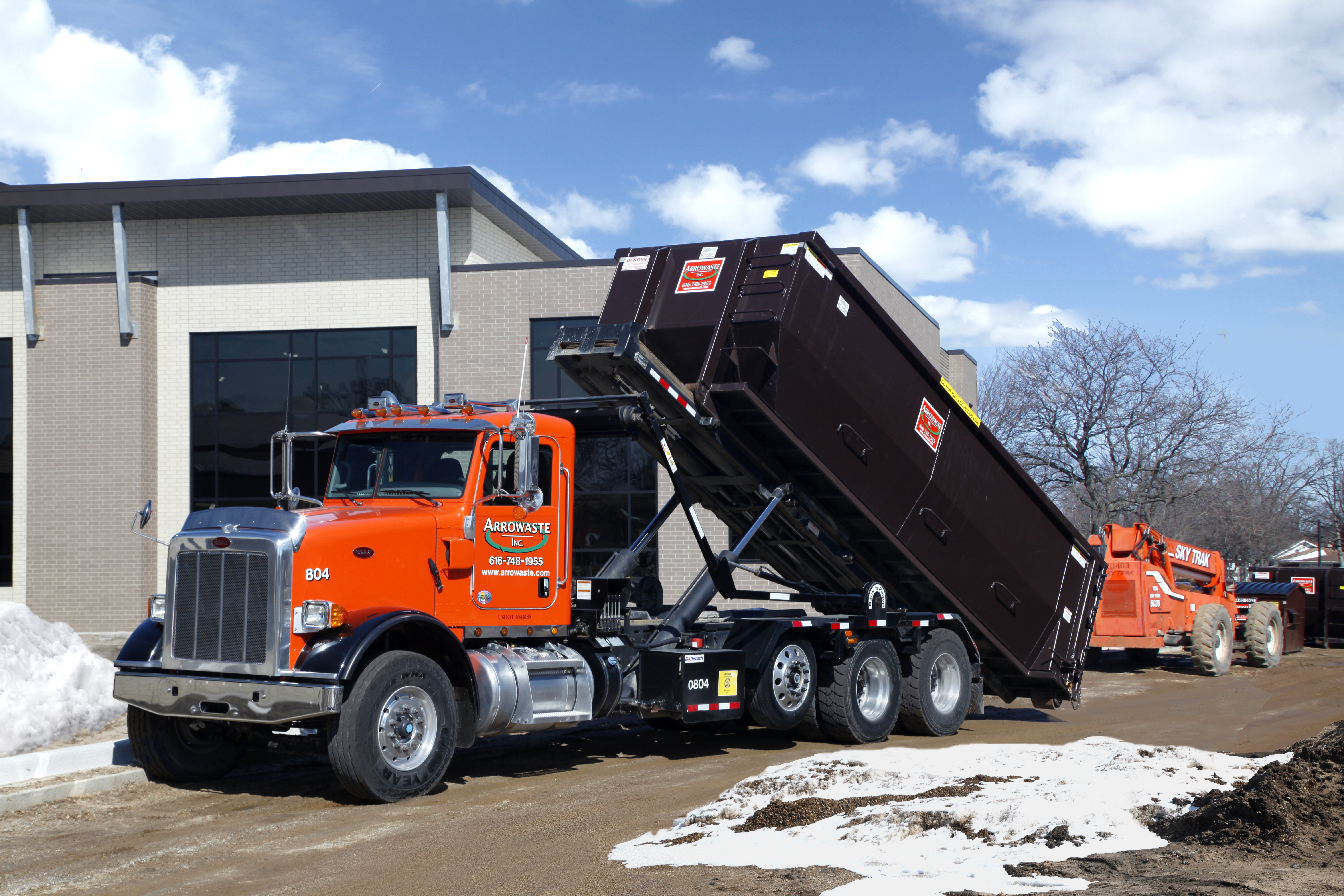Just How To Choose The Right Dumpster Size For Your Project: A Comprehensive Overview
Just How To Choose The Right Dumpster Size For Your Project: A Comprehensive Overview
Blog Article
low cost dumpster rental By-Matthiesen Berger
When embarking on a job that requires a dumpster, the size you select can substantially affect its efficiency and cost-effectiveness. Envision having the excellent container that fits all your waste without being exceedingly big or too small. Everything beginnings with understanding the subtleties of your project and choosing a dumpster size that aligns with your specific demands. So, before you make a decision, consider the aspects at play to ensure a seamless waste management process from beginning to end.
Elements to Take into consideration
When picking the appropriate dumpster dimension, there are numerous crucial factors to consider.
First, think of the type of waste you'll be dealing with. Different products might call for varying amounts of space, so comprehending what you'll be putting in the dumpster is crucial.
Next, analyze the amount of waste you anticipate to produce. If you ignore the volume, you might need to make numerous trips to dispose of whatever, which can be troublesome and costly. On just click the following document , renting out a dumpster that's as well large can result in unnecessary expenses.
Additionally, take into consideration the area where the dumpster will certainly be placed. Make sure there suffices space for the dumpster to be supplied and picked up without any obstructions.
Last but not least, think about any weight limitations that may apply. Going beyond the weight limit can lead to extra costs and even the rejection of service.
Dumpster Dimension Options
For picking the appropriate dumpster dimension, it's vital to have a mutual understanding of the offered choices. Dumpster dimensions commonly vary from 10 to 40 cubic backyards, with variants in between.
A 10-yard dumpster is suitable for little projects like a garage cleanout or a small remodelling. If you're taking on a medium-sized job such as a kitchen area remodel or a basement cleanout, a 20-yard dumpster might be the right selection.
For larger projects like a whole-house restoration or business building, a 30 or 40-yard dumpster could be preferable to accommodate the quantity of waste produced.
When picking a dumpster dimension, take into consideration the quantity and type of debris you anticipate to throw away. It's much better to select a somewhat larger size if you're not sure to prevent overfilling. Keep in mind, it's more cost-efficient to rent a dumpster that fits your demands rather than needing to get an additional one.
Matching Dimension to Task
Ideally matching the dumpster size to your job is vital for reliable waste management. To establish the ideal size, consider the extent and nature of your job.
For small house cleanouts or improvements, a 10-yard dumpster might suffice. These are normally 12 feet long and can hold about 4 pickup tons of waste.
For bigger tasks like remodeling numerous spaces or removing a large estate, a 20-yard dumpster might be more suitable. These are around 22 feet long and can hold roughly 8 pickup truck tons.
If you're dealing with a major building and construction project or commercial restoration, a 30-yard dumpster could be the very best fit. These dumpsters have to do with 22 feet long and can accommodate regarding 12 pickup lots of particles.
Matching the dumpster size to your project guarantees you have adequate room for all waste products without overpaying for extra ability.
Final thought
To conclude, picking the appropriate dumpster size for your project is vital for efficient garbage disposal. By thinking about factors like the type and amount of waste, space schedule, weight restrictions, and budget restrictions, you can guarantee you have the proper size dumpster for your needs. Make certain to match the size of the dumpster to the scope and nature of your job to stay clear of overspending on unnecessary costs.
